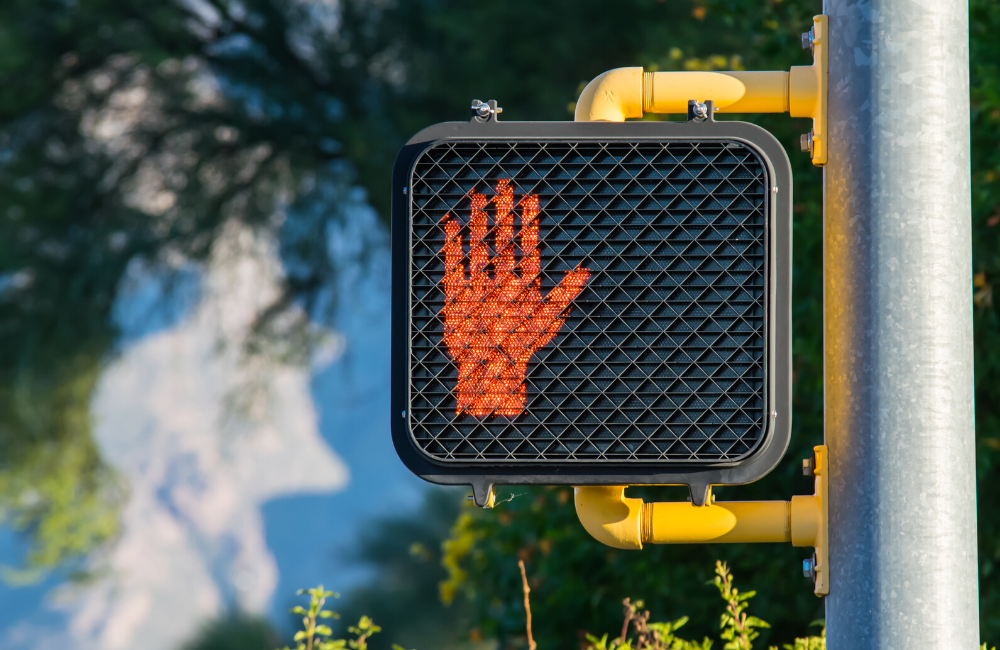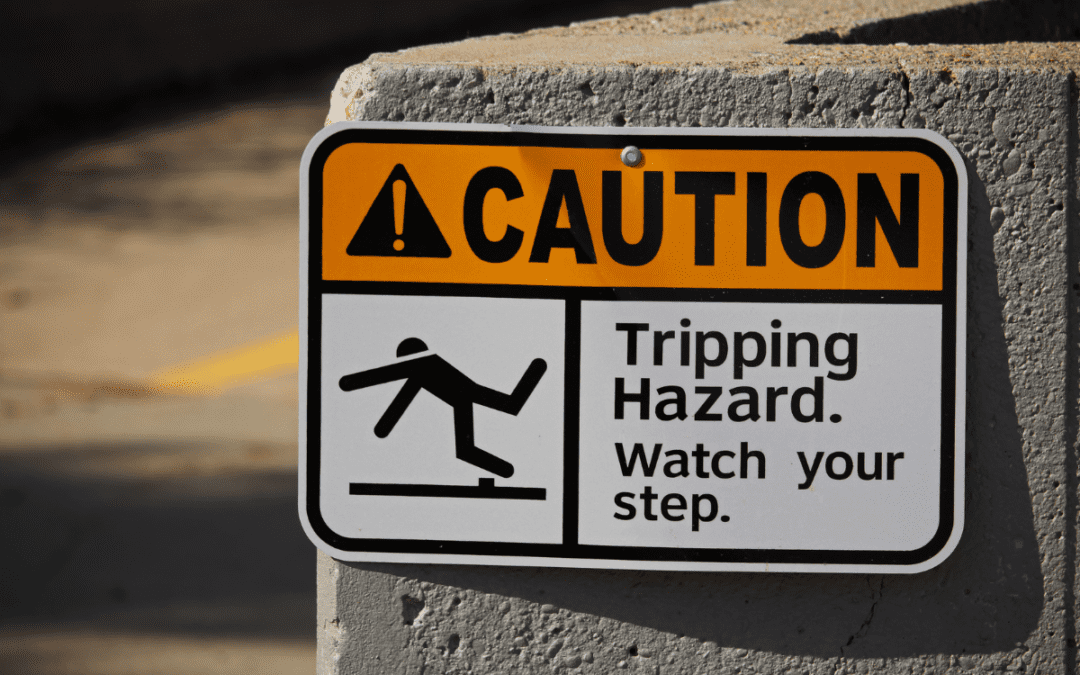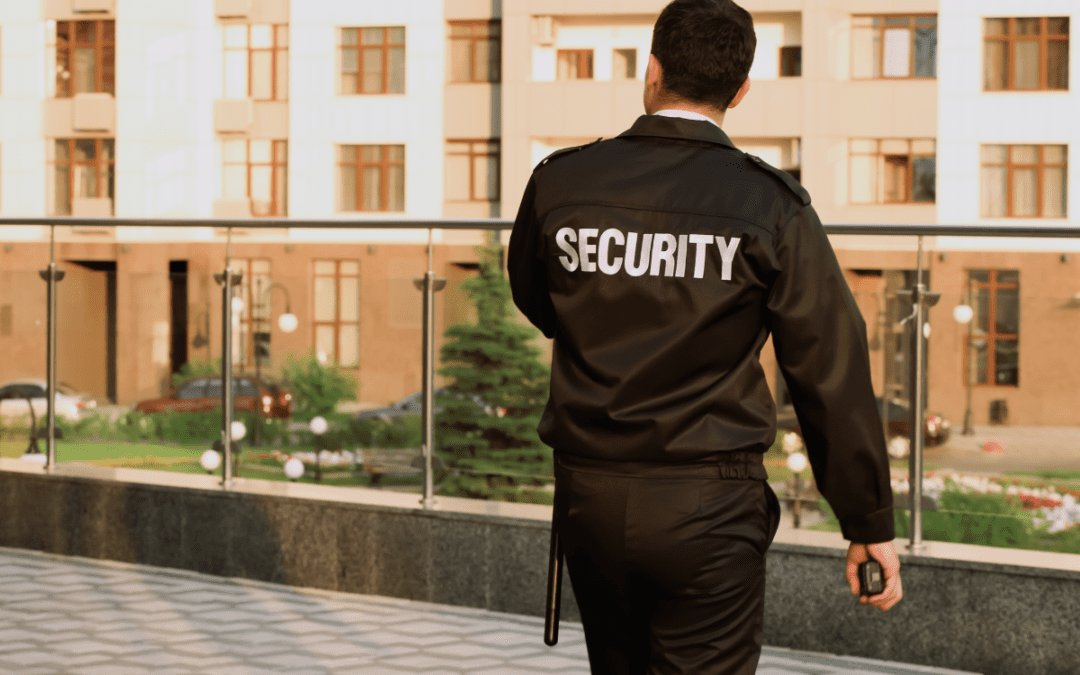According to the National Highway Traffic Safety Association (NHTSA) reports, about 5000 pedestrians die each year in motor-vehicle related accidents besides an approximate number of 76,000 pedestrians in 2012 suffered injuries when hit by a car or truck. Pedestrian related accidents mostly occur in attempts to cross highways. Poor maintenance of roads and motor vehicles, sidewalk or parking lot defects, and construction or other debris on walkways have been linked to being a cause of accidents.
Consequently, negligence is another cause attributed to various accidents where a defendant fails to do something reasonable to protect others from a foreseeable risk. Moreover, a pedestrian victim has an obligation to prove or establish that the defendant who is the driver (a) owed a legal duty to the plaintiff under the circumstances; (b) failed to fulfill (“breached”) that legal duty through action or inaction; (c) caused an accident or injury involving the plaintiff; and (d) harmed or injured the plaintiff as a result.
Whether injured by a vehicle or property defect, a pedestrian may recover damages for the injuries suffered if someone else’s negligence caused or contributed to the incident. When a pedestrian is injured, there may be more than one party with legal responsibility for the accident. Depending on the circumstances, potentially liable parties include the driver of a vehicle that struck a pedestrian, the party responsible for maintaining the sidewalk, road, or parking lot, and the pedestrian himself or herself.
Pedestrian-Vehicle Accidents
Usually, pedestrian-vehicle accident cases hinge on the duty of care owed by those involved. Both drivers and pedestrians must follow the rules of the road and exercise reasonable care. In many cases, it may seem obvious who was negligent, but the courts look at numerous factors in applying the facts to the negligence elements. A person who negligently operates a vehicle may be required to pay damages for personal and property damage caused by that negligence.
Driver’s Duty of Care
Generally, drivers must exercise reasonable care under the circumstances. Failure to do so is considered negligence.
A few of the most common factors contributing to driver negligence are among:
- Distracted driving
- Speeding
- Failing to yield the right of way to pedestrians at crosswalks
- Disobeying traffic signs or signals
- Failing to signal while turning
- Disregarding weather or traffic conditions
- Driving under the influence of drugs or alcohol
Drivers have a special duty of care to children between the ages of 5 and 9 who are at the greatest risk of being hit by a vehicle. Children are smaller and less visible and they can be unpredictable. The law imposes a higher duty of care on drivers when it comes to children. The presence of children is a warning of danger to the driver to exercise greater care. Thus, a driver must exercise a greater degree of care when they know or should know that small children are at play in the area; for example, while driving by schools, parks, and residential areas.
Pedestrian’s Duty of Care
Pedestrians must exercise reasonable care for their own safety. The care required must be proportionate to the danger to be avoided and reasonably anticipated consequences. Contributory negligence may be assessed against a pedestrian if they failed to exercise such care and contributed to the cause of their own injuries in an event of an accident. Some of the common factors contributing to pedestrian negligence are: Ignoring the “walk” signal at an intersection, entering traffic and disrupt the flow, failing to use marked crosswalks, darting in front of a vehicle.
Other Pedestrian Accidents
The legal area of premises liability controls claims for losses based on the actions of property owners or possessors, including most non-vehicular related pedestrian accidents. In most states, those in control of land have a duty to maintain their property and a duty to warn people of hazards on it.
To recover damages in a premise liability case, the injured party must prove a dangerous condition exists and that’s something on the property that presents an unreasonable risk to people on it, and the risk isn’t obvious.
Knowledge of the dangerous condition is established by showing that: The owner created the condition, or the owner knew the condition existed and negligently failed to correct it, or the condition existed for such a length of time that it should’ve been discovered and corrected prior to the incident.
While a property owner will be responsible when a dangerous condition exists on his or her private walkways, such an owner isn’t usually responsible for injuries resulting from a fall on a public sidewalk located outside his or her property, especially when this property is owned and maintained by a city or town. However, some courts will impose liability on a business owner when business customers exclusively use the public sidewalk.
A casualty in a Pedestrian Accident
If you’ve been involved in a pedestrian accident, call the police immediately it is recommended not to leave the scene of the accident before help arrives. Consequently, it is safe to gather the names and phone numbers of any witnesses. It is safe not to make any statements to anyone, including drivers and insurers.
Avoiding Pedestrian Accidents
The best way to avoid pedestrian accidents is to understand that “defensive driving” means being aware of people who walk, use a bicycle, operate a wheelchair, rollerblade, roller-skate, ride an electric scooter, and play in the road. Pay particular attention to young children and older adults, who may be less aware of drivers on the road, more likely to stray outside crosswalks, and not pay attention to traffic signals.
If you were injured as a pedestrian, contact the Bodden and Bennett Law Group now! We Will Fight For Your Compensation.



